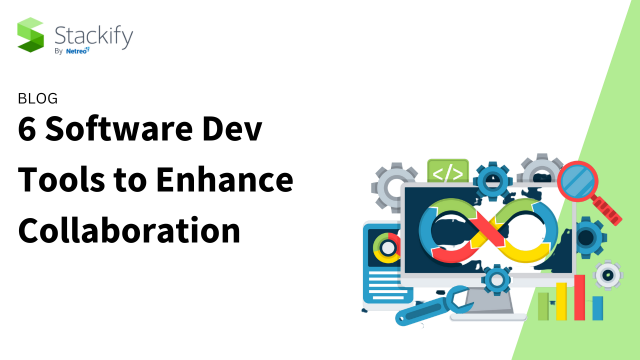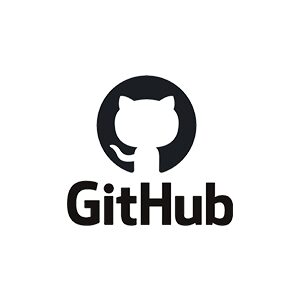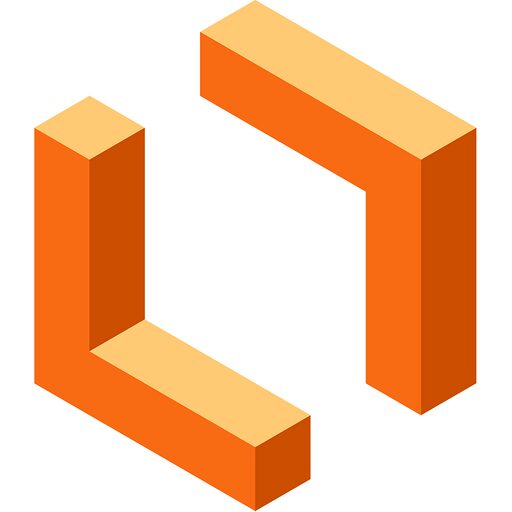
By TechnologyAzure and AWS Monitoring
By IndustryIntegrates with your stack
By InitiativeEngineering & DevOps Teams
TechnicalIt’s easy to get the help you need

It has never been more critical for developers to work in a collaborative and coordinated environment. Software development, if you ask any quality development squad or team, goes beyond just the delivery of the end product. It is not just about what you produce, but how you produce it. And that points to having the right software development tools.
Today, DevOps teams work in hybrid environments from the office, at home and in different cities, states and even countries. Remote, distributed workforces introduce a number of complications to the development process. How do you share knowledge and communicate in real-time when you are in a timezone that is different from your teammates? What does the peer review process look like on code when you cannot pull someone over from the cubicle next to you?
These obstacles highlight the need for software development tools that enhance collaboration. To help you out, we’ve gathered five essential tools dev teams should have for remote coordination, collaboration and task management.
Slack is not new to the developer world, and the tool continues to get widespread use. For development teams, collaboration tools need to provide assistance with a variety of tasks:
The Slack productivity tool does all of these and more. With a selection of customizable bots and connectors, you can create an entire development workflow within one automated collaborative tool.

In the developer world, version control is critical. You are working on a specific branch of code, and you are ready to check it in for peer review to pull it into the trunk. How do you know that the branch of code you are working off of is the latest and greatest? How do you avoid conflicts where another developer may be working on their own version of that same branch of code? This is where Git comes into play as an ideal collaborative version control system to help with coding.
The Git tool and GitHub product assists with the peer review process, helps to avoid merge conflicts, and creates a more seamless development environment for teams working across the globe.
Agile software development continues to gain mass acceptance. In order to implement an Agile software development process, as well as collaborate and communicate with your fellow developers, scrum masters, and product owners, you need a robust tool. Jira is a great tool for software development team collaboration and coordination, especially in an Agile development setting.
Jira helps you set-up a backlog, create epics, as well as user stories that go below those epics. Developers working collaboratively more clearly set goals for iterative development cycles, as well as the most important tasks at hand. See our Jira tutorial for beginners here.

Developers need to know where they are going before they begin coding on any given day. LucidChart is a mapping tool with multiple uses for enhancing collaboration.
One use for LucidChart is the creation of architecture diagrams for development teams. Developers can use diagrams for creating and updating product roadmaps and much more. Alignment is critical for collaborating remotely, and LucidChart is an application that most certainly facilitates the goal.
As a cloud-based solution, Google has many great software development tools for individuals and remote development teams. The Google GSuite enables easy file sharing across teams and provides an email platform, calendars, a messenger product and so much more.
With GSuite, teams can leverage document management, use Google Sheets for data analysis, and Slides for creating presentations. Plus, multiple team members can work on the same document, spreadsheet or presentation at the same time. Google Drives can be secured, so only your developers have access at any given time.
Developers on the same team always need to be on the same page. An internal knowledge base is essential, housing critical team information in a central location.
A knowledge base makes it quicker for developers to get what they need and execute planned strategies. Onboarding is made easier, too, as setup procedures, start-up guides, access to code bases and more help newcomers be ready to contribute more quickly.
You can also improve collaboration and communication as the team manages and shares knowledge. Developers learn so much on a routine basis. How do you keep everyone up to speed on newly acquired team knowledge? Developers need to stay current, and the best way to do that is documenting what you learn, when you learn it. Plus, the value of knowledge increases over time when shared and re-used by others on your team.
An internal knowledge base can also reduce errors. When mistakes are made, documenting the issue may prevent other team members from making the same mistake in the future.
There is a lot to be said about just how much technology can assist DevOps collaboration. The better teams collaborate, the more enhanced their output will be. This includes gains in effectiveness, efficiency, engagement and overall value of the applications they produce.
While technically not a collaboration tool, Retrace APM fuels collaboration and efficiency for DevOps teams in many of the same ways. Retrace combines full lifecycle APM features with the capabilities teams need most to ensure smooth collaboration, optimized app development and continuous application improvement. Retrace automated alerts and notifications integrate with Slack, Jira, numerous email services and more. With code profiling, error tracking, centralized logging, real user monitoring, deployment tracking and more, Retrace is an outstanding tool for any dispersed DevOps team looking to increase efficiency and productivity, while delivering a great user experience.
Stackify's APM tools are used by thousands of .NET, Java, PHP, Node.js, Python, & Ruby developers all over the world.
Explore Retrace's product features to learn more.
If you would like to be a guest contributor to the Stackify blog please reach out to stackify@stackify.com